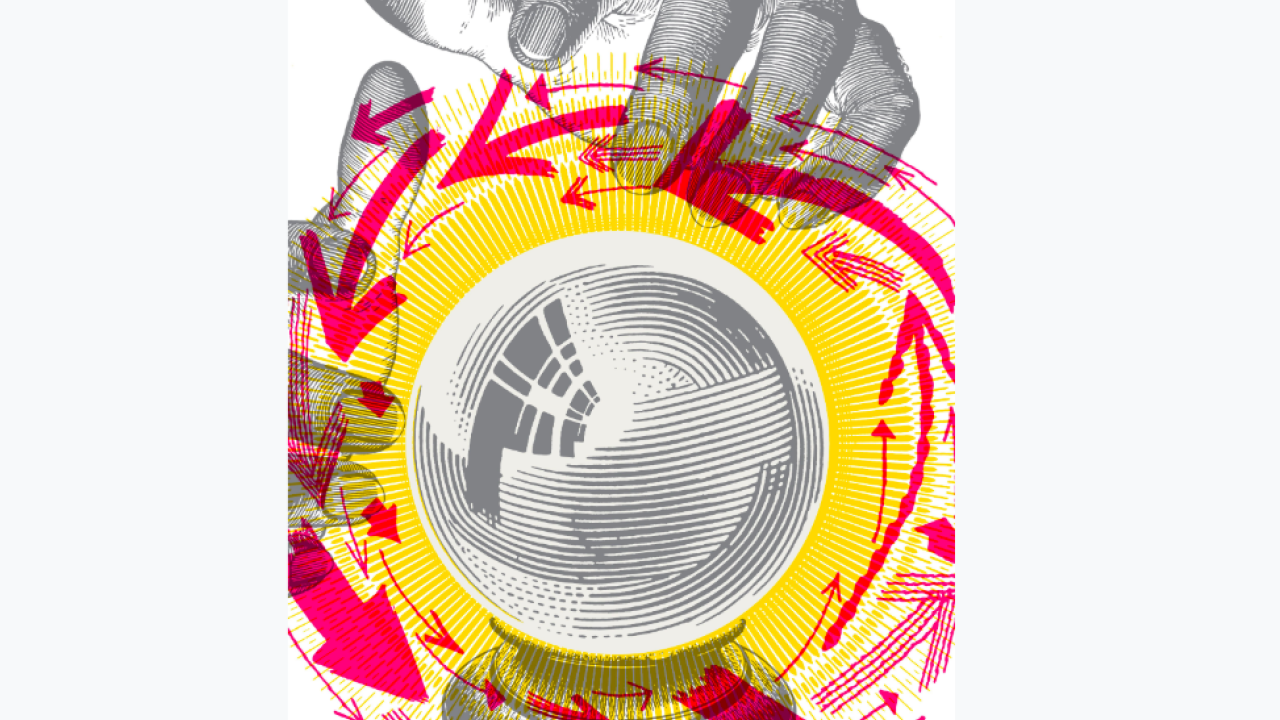Predictive text

‘Internationalization of the label industry is going to bring about moves by big print and supplier groups to dominate world markets.’
Mike Fairley, L&L issue 6, 1988
Global M&A activity across the supply chain has been prevalent for a number of years, with the creation of global printing groups such as All4Labels and the likes of CCL, MCC and Constantia extending their footprints with acquisitions around the world. In the supplier base, Amcor and Bemis coming together in a US$6 billion-plus deal, Heidelberg taking over Gallus, Mark Andy acquiring Presstek and Xeikon taking on the Jetrion inkjet press portfolio from EFI are examples of note.
‘Rapid advances in non-impact and electronic printing systems for label production are likely to herald a whole new era of label printing companies that have never seen a conventional mechanical label printing press.’
Mike Fairley, L&L issue 6, 1988
Despite it being 25 years since the introduction of first-generation Indigo and Xeikon engines at Ipex ’93, digital technology continues to make inroads in the label market while broadening its reach into other packaging formats – flexibles, corrugated, direct-to-shape. 2017 even saw European digital label press installations overtake conventional press sales for the first time, according to statistics from Finat. Heavy R&D spend is going into advancing the capability of inkjet and printers around the world are investigating the technology for their next, if not first, move into digital printing. Companies such as ePac and ProLabel in the US, SLR Print in Israel and the UK’s CS Labels are exclusively using digital technology to print labels and packaging.
‘The fact that every printed image could be different adds a highly promising element that accords with modern marketing practices. Seemingly, forecasts that label converting technology could differ greatly by the turn of the century assume greater credibility.’
Barry Hunt, L&L issue 2, 1995
Taken from his article looking at the then-new Indigo Omnius, this statement preceded the current climate for short runs of labels and packaging, mass customization and personalization, and demand from brands and consumers for a more personal connection, often delivered through labels and packaging.
‘In the future, green issues will be shaping our agenda in a way that was inconceivable until recently. My belief is founded on three drivers. First, highly critical and better-informed consumers; second, extremely tough business management factors; and third, an entirely new approach to the subject of recycling.’
Dr Thomas Baumgartner, L&L issue 2, 2011
Fast-forward eight years and the Herma managing director’s comments reflect the modern-day reality of eco-savvy ‘illennial’ consumers, the global ‘war on plastics’ and the ramped-up drive to bring about a circular plastics economy. While recycling continues to be a sticking point for both consumers and the industry, advances are being made in the processes and materials themselves to enhance the recyclability of packaging in all its forms.
This article was first published in Labels & Labeling issue 6, 2018.
Stay up to date
Subscribe to the free Label News newsletter and receive the latest content every week. We'll never share your email address.


